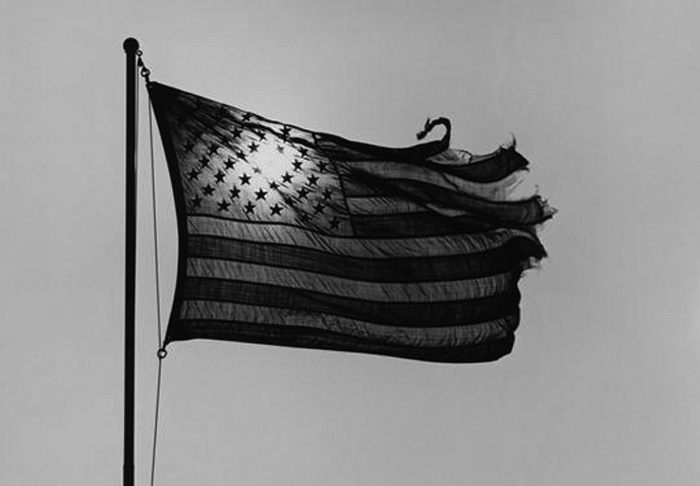“Cézanne picked up a box in the hall [of his studio] and took me to his motif. It was two kilometers away with a view over a valley at the foot of Sainte-Victoire, the craggy mountain which he never ceased to paint[…]. He was filled with admiration for this mountain.”
Émile Bernard
 Bathers at Rest, Paul Cézanne, 1876-77.
Bathers at Rest, Paul Cézanne, 1876-77.
The Mont Sainte Victoire (located at Aix-en-Provence, the hometown of Cézanne) can be seen behind the monumental figures of this painting.
Allen Ginsberg first became engaged with the work of Paul Cézanne as an undergraduate at Columbia University. In an art history class taught by Meyer Schapiro, who published numerous books and essays on the artwork of Cézanne, Ginsberg was introduced to the work of the French post-impressionist. In his interview with the Paris Review, he claims that in 1949, during his last year at the University, he “got all hung up on Cézanne.” He recounts tales of smoking marijuana, going to the basement of the Museum of Modern Art, and staring at Cézanne’s watercolors—transfixed by the way Cézanne “built up space.”
This mode of “building up space” took Cézanne years to develop. After working extensively with the impressionist Camille Pissarro, Cézanne began attempting to capture the “unchanging element underneath” what he observed in the three dimensional world. Towards the end of his career, he often executed series of paintings of the same subject in order to focus on form. This is seen in the paintings of Mont Sainte Victoire, on which he worked on from 1900 until his death. In his interview, Ginsberg quotes the journals and letters of Cézanne, specifically a famous paragraph where Cézanne describes his theory of replicating the eternal element of what he saw: “There’s a long, long, long paragraph where he says, ‘By means of squares, cubes, triangles, I try to reconstitute the impression that I have from nature.’” Ginsberg says he was “mystified” by Cézanne’s mission to reconstitute what he saw through the use of shape, color and line. He goes onto profess that the last part of Howl is, in fact, an homage to Cézanne in that he attempted to adapt the artist’s mode of representation to the written word:
“I had the idea, perhaps overrefined, that by the unexplainable, unexplained nonperspective line, that is, juxtaposition of one word against another, a gap between the two words—like the space gap in the canvas—there’d be a gap between the two words that the mind would fill in with the sensation of existence.”
This juxtaposition is seen not only in Howl’s structure, but in the complex imagery that Ginsberg uses. For Ginsberg, Cézanne’s method of reconstituting space and experience through juxtaposed lines and colors, as seen in Mont Saint-Victoire, is inherently tied to the way he wrote Howl—by juxtaposing words, images and phrases to reconstitute the “sensation of the Eternal”— or the nature of existence.
In the first part of Howl, Ginsberg directly quotes a concept important to Cézanne’s thought process which is often included in his letters:
“who dreamt and made incarnate gaps in Time & Space through images juxtaposed, and trapped the archangel of the soul between 2 visual images and joined the elemental verbs and set the noun and dash of consciousness together jumping with sensation of Pater Omnipotens Aeterna Deus.”
Cézanne concept of “Pater Omnipotens Aeterna Deus” is directly translated as “omnipotent, eternal father of god” but more accurately speaks to what Ginsberg refers to as Cézanne’s immense achievement of “reconstituting the whole fucking universe in his canvases.” By attempting to represent the eternal and lasting form of an object, Cézanne attempted to capture the true nature of experience. In Howl, Ginsberg has a similar aim, which he attempts to achieve by joining “the elemental verbs and set[ing] the noun and dash of consciousness together” to construct an authentic account of human experience.
As Cézanne preoccupation with execution of form, space and shape heavily influenced Ginsberg, it also had much to do with the development of artistic modernism. Cézanne’s fixation with form influenced the development of Cubism and Fauvism. For this reason, Cézanne is often regarded as an important precursor for the evolution of modern painting. Just as Cézanne influence is present in Ginsberg’s Howl, it can also be seen in the work of the artists who made up New York’s Avant-garde during the 1950’s and ‘60’s.





























